Greenbelt Lk Nr Clarendon Reservoir Report
Nearby: Carter Dam R Locke Dam 4
Last Updated: January 3, 2026
Greenbelt Lake is located near Clarendon, Texas and was constructed in 1938 by the U.S.
°F
°F
mph
Wind
%
Humidity
Summary
Army Corps of Engineers. The lake was created by damming the Little Red River and covers an area of 1,973 acres. The lake serves as a primary source of drinking water for the nearby town of Clarendon. The hydrology of the area is influenced by the nearby Caprock Escarpment, which serves as a dividing line between the high plains and the rolling plains of Texas. The lake receives water from several small tributaries and also from snowmelt during the winter months. The lake is used for various recreational activities such as fishing, boating, and camping. The area surrounding the lake is primarily used for agriculture, with crops such as cotton and wheat being grown.
Reservoir Details
| Lake Or Reservoir Water Surface Elevation Above Ngvd 1929, Ft 24hr Change | 0.0% |
| Percent of Normal | 100% |
| Minimum |
2,600.0 ft
2024-11-08 |
| Maximum |
2,653.98 ft
2024-01-17 |
| Average | 2,625 ft |
| Dam_Height | 111 |
| Hydraulic_Height | 111 |
| Drainage_Area | 266 |
| Year_Completed | 1968 |
| Nid_Storage | 100500 |
| River_Or_Stream | SALT FORK RED RIVER |
| Structural_Height | 111 |
| Foundations | Soil |
| Surface_Area | 2020 |
| Outlet_Gates | Uncontrolled - 2, Valve - 2 |
| Dam_Length | 8300 |
| Hazard_Potential | Not Available |
| Primary_Dam_Type | Earth |
| Nid_Height | 111 |
Seasonal Comparison
Reservoir Storage, Acre-Ft Levels
Lake Or Reservoir Water Surface Elevation Above Ngvd 1929, Ft Levels
Weather Forecast
Nearby Streamflow Levels
Dam Data Reference
Condition Assessment
SatisfactoryNo existing or potential dam safety deficiencies are recognized. Acceptable performance is expected under all loading conditions (static, hydrologic, seismic) in accordance with the minimum applicable state or federal regulatory criteria or tolerable risk guidelines.
Fair
No existing dam safety deficiencies are recognized for normal operating conditions. Rare or extreme hydrologic and/or seismic events may result in a dam safety deficiency. Risk may be in the range to take further action. Note: Rare or extreme event is defined by the regulatory agency based on their minimum
Poor A dam safety deficiency is recognized for normal operating conditions which may realistically occur. Remedial action is necessary. POOR may also be used when uncertainties exist as to critical analysis parameters which identify a potential dam safety deficiency. Investigations and studies are necessary.
Unsatisfactory
A dam safety deficiency is recognized that requires immediate or emergency remedial action for problem resolution.
Not Rated
The dam has not been inspected, is not under state or federal jurisdiction, or has been inspected but, for whatever reason, has not been rated.
Not Available
Dams for which the condition assessment is restricted to approved government users.
Hazard Potential Classification
HighDams assigned the high hazard potential classification are those where failure or mis-operation will probably cause loss of human life.
Significant
Dams assigned the significant hazard potential classification are those dams where failure or mis-operation results in no probable loss of human life but can cause economic loss, environment damage, disruption of lifeline facilities, or impact other concerns. Significant hazard potential classification dams are often located in predominantly rural or agricultural areas but could be in areas with population and significant infrastructure.
Low
Dams assigned the low hazard potential classification are those where failure or mis-operation results in no probable loss of human life and low economic and/or environmental losses. Losses are principally limited to the owner's property.
Undetermined
Dams for which a downstream hazard potential has not been designated or is not provided.
Not Available
Dams for which the downstream hazard potential is restricted to approved government users.

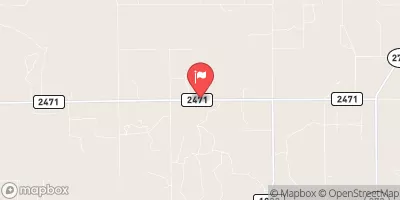
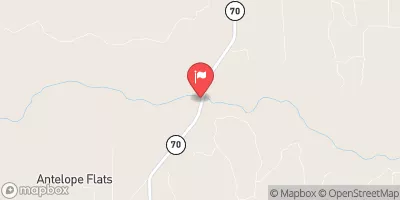
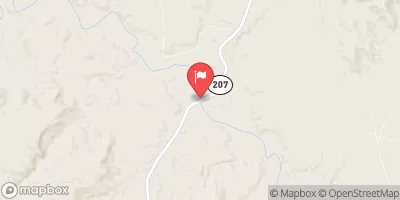
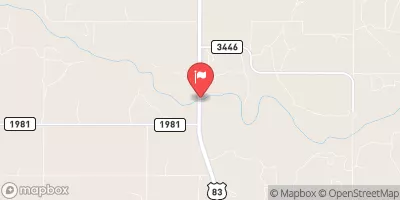
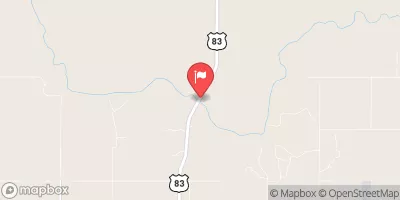
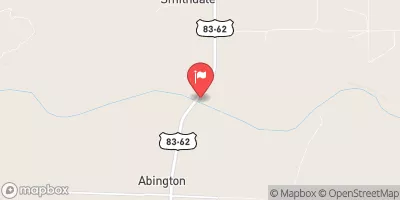
 Greenbelt Dam
Greenbelt Dam
 Greenbelt Lk Nr Clarendon
Greenbelt Lk Nr Clarendon